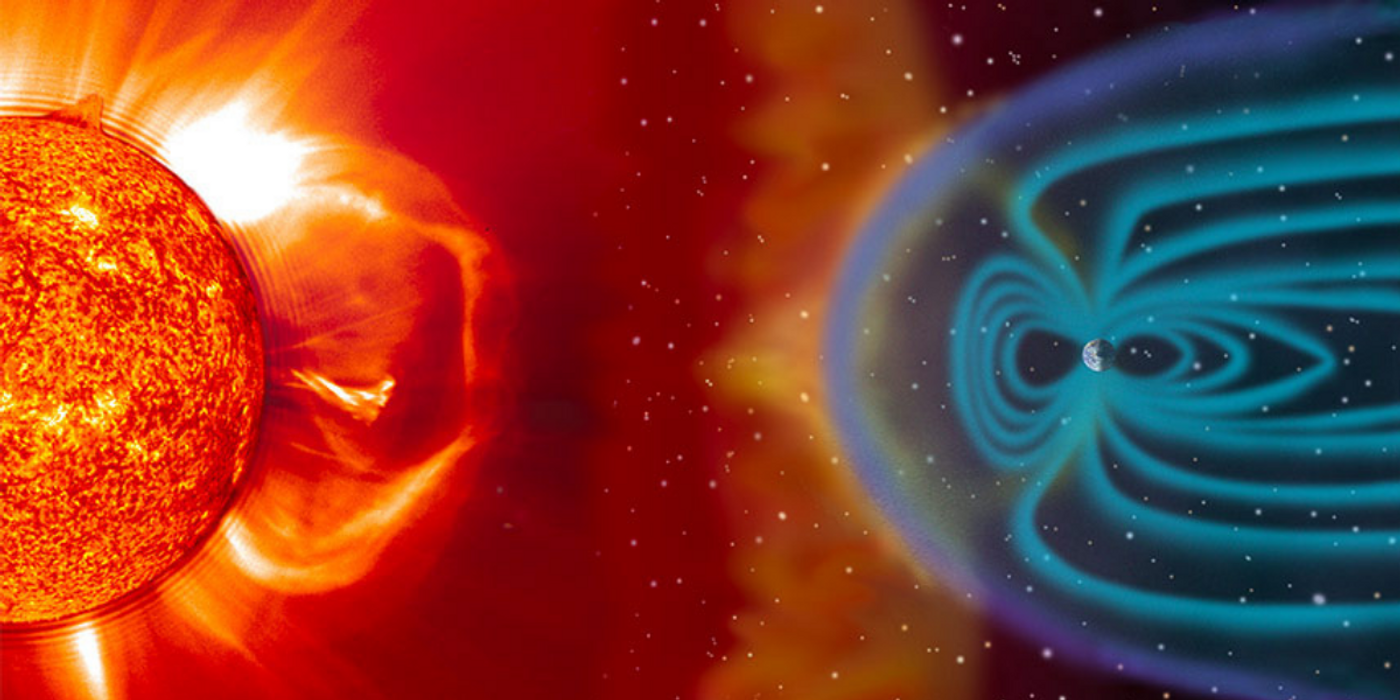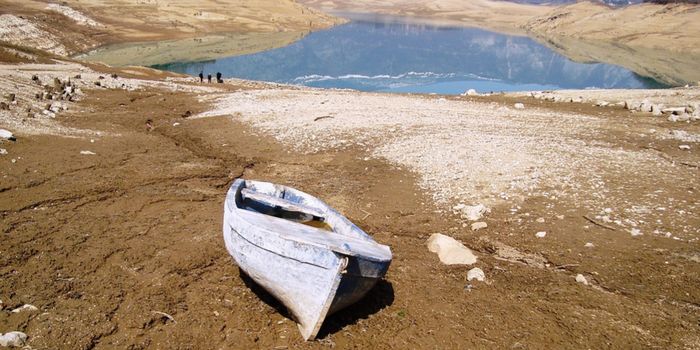Prehistoric Solar Storm That is Powerful Enough to Halt Modern Day Earth
In a recent publication, a team of Swedish geologists revealed that Earth was once hit by a mega solar storm over 2,600 years ago. If such a powerful storm happens nowadays, it can put all societal activities to a full stop for days if not months.
Approximately every 11 years, the sun reaches the highest activity known as the solar maximum. During this period, the sun releases intense bursts of electromagnetic radiation in the form of solar flares, which can hurl billions of trillions of charged particles off Sun's surface. When a flare is strong enough, protons, the electrically charged hydrogen atoms, would have sufficient kinetic energy to fly across space, penetrate the Earth's magnetic field, and land in the Earth's magnetosphere and ionosphere.
In its mildest form, these particles can produce pleasant auroras in the polar night sky without disturbing a soul. But during a so-called solar storm, the particles' bombardment of the magnetosphere can induce powerful geomagnetic storms that damage the power supplies and telecommunication systems.
Currently, solar activities are closely monitored with satellites and telescopes, but there isn't any mechanism that allows scientists to observe space weather date back to thousands of years ago. So how did scientists found out about this prehistoric mega solar storm?
When the high energy particles collide molecules and atoms in Earth's atmosphere, they knocked right into their nucleus and transform them into new, radioactive elements, a process that's similar to what happens inside human-made particle accelerators.
As water in the air condenses and form precipitations, these radioactive materials are brought down to the Earth's surface in rain or snow. Located in a cold and isolated region, Greenland is the best place to preserve evidence of previous solar storms in its ice sheets, which grows in thickness every year and almost never get melted. By looking closely at the ice cores dug up in Greenland, scientists, therefore, can examine evidence from back in time.
In their study, the Swedish team discovered a spike of radioactivity, specifically beryllium-10 and chlorine-36, left at the spot in the ice cores that corresponds to the year 660 BC. What's more shocking, their fingding suggested that the 660 BC event is "an order of magnitude stronger than any solar events" since there was an instrumental record of solar activities.
"We saw a huge spike in the ice cores," said Florian Mekhaldi, a geologist at Lund University and co-author of the publication in the journal PNAS, said in the press release. "That's a signal that Earth was hit by some huge event."
Unfortunately, with all the knowledge and evidence collected by different measures, scientists cannot predict when a massive solar storm will happen again. And what's more concerning, astronomers currently have no proper monitoring mechanism to observe coronal mass ejection (CME), the most damaging component of a solar storm, due to the lost communication with NASA's STEREO B space observatory over 3 years ago.
As Mekhaldi and his colleagues will continue their research on traces of other major solar storms that got buried in the ice cores, they hope that they can estimate how often these world-devastating events happen.
NASA | X-Class: A Guide to Solar Flares (NASA)
Source: CBC









